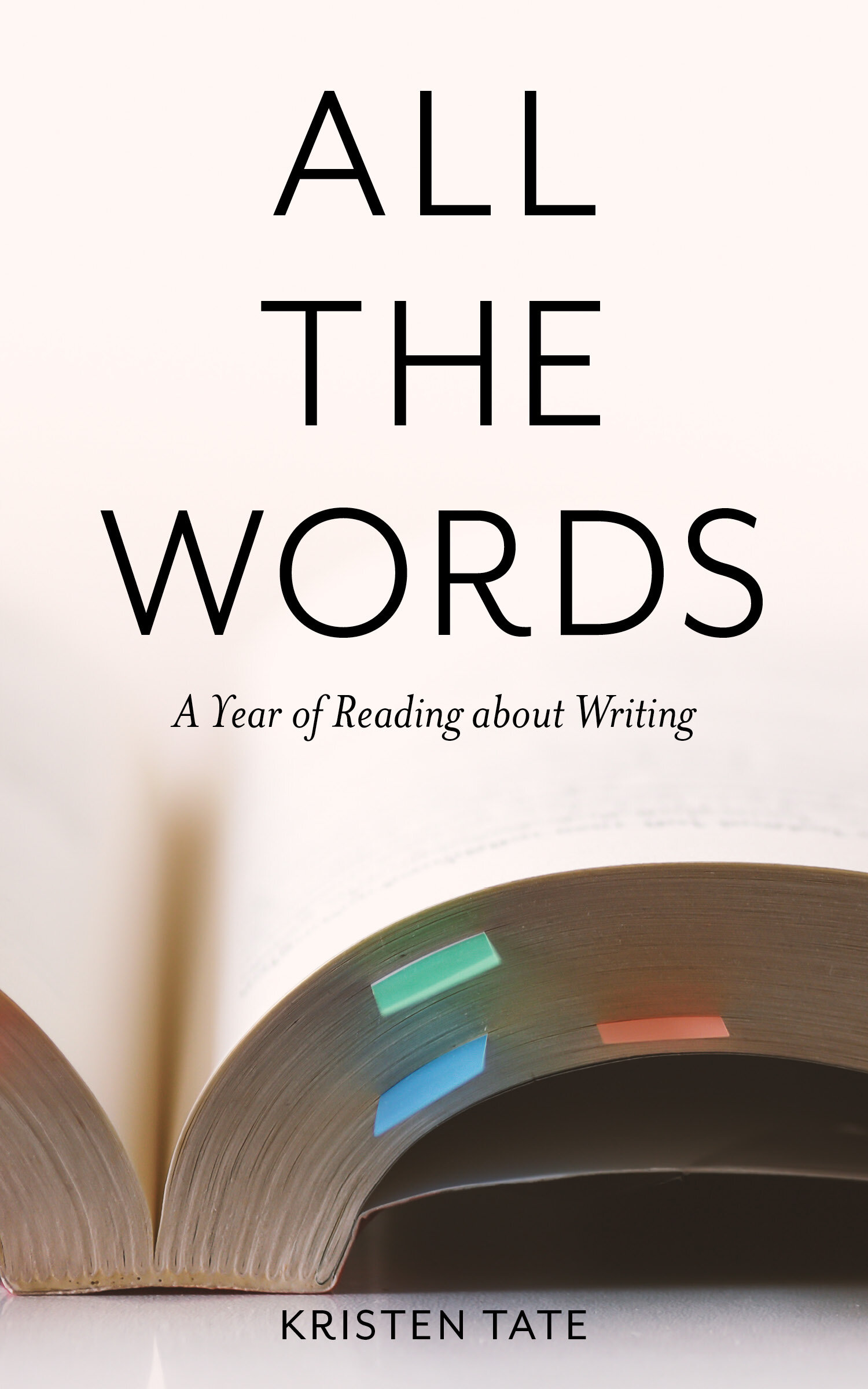Thanks, But This Isn’t for Us, by Jessica Morrell
This is part of a series of weekly reviews of writing craft books written in 2019, later revised and collected in Kristen’s book All the Words: A Year of Reading About Writing. Read the first chapter or buy the book in our Shop.
It’s week forty-two of 2019. How did the writing go this week? Here at the garret, I put in a lot of editing hours, bookended by a quick camping trip to Salt Point State Park – which has the stunning Northern California combination of pine forests and dramatic beaches, along with a restful lack of cell phone signal – and a concert by the talented JS Ondara, a Kenyan folk singer whose music brought a packed and rowdy club to hushed silence. In other words, it was a pretty perfect week.
Another pleasure of this perfect week was keeping company with Jessica Morrell in her bracingly honest and instructive book, Thanks, But This Isn’t For Us: A (Sort of) Compassionate Guide to Why Your Writing is Being Rejected. The back cover copy claims this book is “fun,” which, in addition to being inaccurate, is an example of the kind of bland generality Morrell would root out with her scalpel-sharp red pen.
If you are the faint-hearted sort or prone to self-doubt, then this book might not be for you. Morrell admits in her acknowledgments that “this book is filled with smack talk and that I’m letting out the smart-ass, bitchy, and opinionated editor within.” She has no qualms about drawing lessons from problem manuscripts (and even a couple problem clients) she’s encountered in her years of editing, confessing, “I’ve . . . read manuscripts by writers who can barely manage to string together sentences, and some who are clearly a few sandwiches short of a picnic.” It’s possible that her frequent expressions of exasperation (flinging manuscripts across the room, groans of despair, the need for a stiff drink) may stoke any fears you already have about working with an editor.
Thanks, But This Isn’t For Us may not be “fun,” but it is darkly funny. Morrell is entertaining in her exasperation (“don’t even get me started on how some writers become miffed when I suggest that stream-of-consciousness journal entries do not a memoir make; that paragraphs shouldn’t occupy four pages; or that you cannot stick bizarre punctuation onto each page as if scattering rose petals before a bride”) and her Deal Breaker headings are memorable and effective warnings. Who wants to have their cherished manuscript stuck with the label “All Hat, No Cattle” or (my favorite) “Faulkneresque, or Someone Left a Cake out in the Rain”? Not you, is the answer.
Morrell is right that “while all great writing is unique, all bad writing shares common traits,” and her goal in this book is to warn you away from those mistakes. As she says, “tough critiquing is a basic and essential part of the writing process. It’s not only a fact that beginning writers need to accept; it’s likely the only way your writing will improve.” Amen.
Each chapter starts with a solid explanation of the topic at hand. In Chapter 2, for example, Morrell provides a succinct overview of story structure, discussing three-act structure and then providing brief “blueprints” of common story structures (chronological, non-linear, frame, etc.) After her overview, Morrell provides a list of “Deal Breakers” – common problems afflicting manuscripts – and then a list of effective strategies to consider. Each chapter ends with a “Try This” exercise to help writers practice a specific skill and a list of “Quick and Dirty Tips” that summarize the lessons of the chapter and provide additional advice.
If you have gotten vague feedback from beta readers, agents, or publishers, Morrell’s book will help you identify what is wrong with your manuscript and understand how to fix it. A few useful gems:
“Think about the external conflict as the dragon in the story because this reminds us that it can be seen, heard, and felt, while internal conflict—your character’s emotional and psychological struggles, or inner conflict—can be called the demon.”
“Dialogue is never a copy of real-life speech—it’s more like conversation’s greatest hits. It’s always crisper, punchier, and embedded with subtext—the sea of emotions that runs beneath a scene but is never spoken out loud.”
“Scenes are mini-containers for drama, the events where your characters go to work just as actors show up on a stage.”
“Remember, adjectives tell and verbs show. For example, instead of shiny necklace, trade the adjective shiny for a verb: the necklace glinted or the necklace sparkled, gleamed, flashed, glimmered, shimmered, twinkled.”
Perhaps my favorite bit of advice in the whole book is this: “Reading is your job. If you don’t read the genre you’re writing in, your unconscious will never absorb the techniques and structure needed.” Morrell recounts a writing workshop she once taught in which not a single participant had read twenty books in their genre. I’m convinced that constant reading is the secret sauce of all great writers. And it’s something you can do to improve your work even when you are stuck or between projects or too busy to start the writing itself.
Reading Thanks, But This Isn’t For Us may make you feel like a hypochondriac reading a diagnostic manual, but I think it’s worth the possible pain. If you can learn to spot and correct the weaknesses in your story, you will be your own best editor. An editor can wield a scalpel, but it is ultimately the writer who must then stitch up the gaps or grow a whole new limb through the magical power of creativity.
Here’s to using your scalpel, y’all,
Kristen
Check out our Resources page for more in-depth articles on writing, revising, polishing, and publishing your novel. Sign up for our weekly newsletter for fresh content, and you’ll also get our free PDF with recommended reading for writers!



